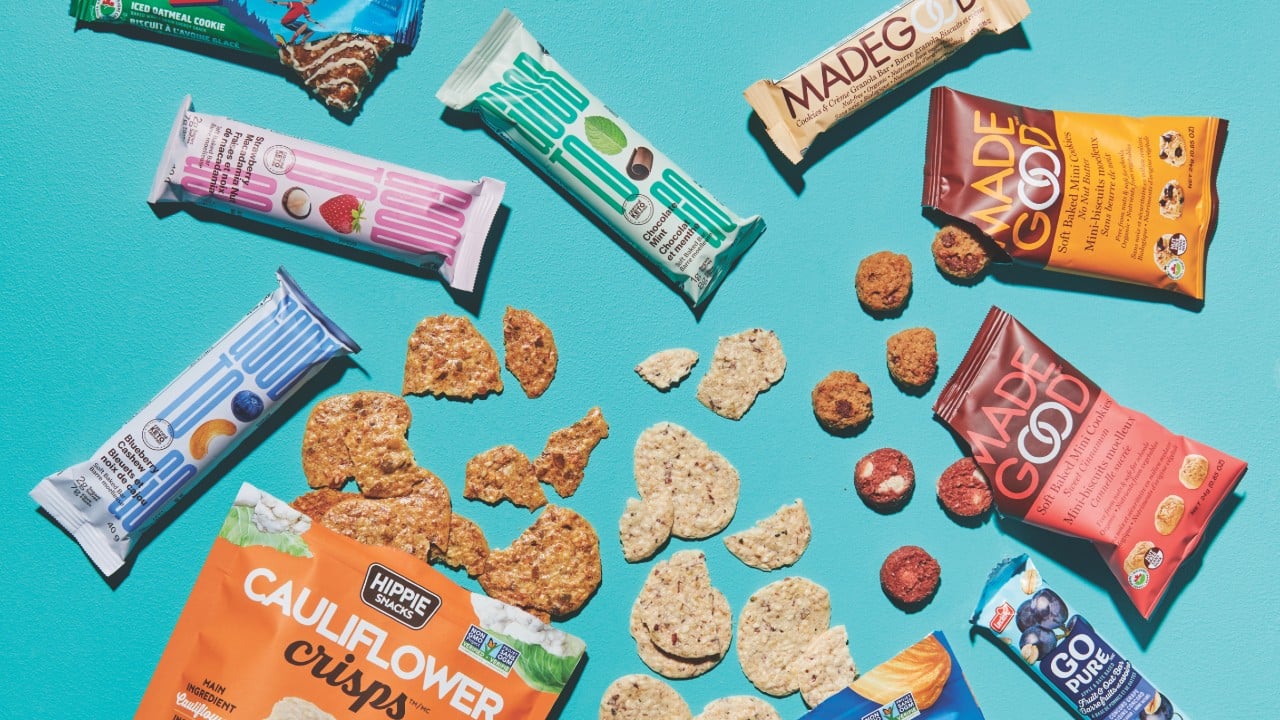
There is a feeling of excitement when a tiny white bud sprouts in your little one’s mouth; it feels like a milestone has been achieved in the journey of parenthood. The way your baby’s teeth are treated largely contributes to your baby’s oral health in the long run. It is therefore important to gain as much knowledge about teething. Here are some facts every parent should know.
1. Development of teeth in most Babies are Between 6 and 12 Months
Although it varies from child to child, some babies may not have any teeth by their first birthday. By the third month, babies will begin to tour the world with their mouth. You will notice an increased saliva secretion and then they start to put their hands in their mouth, this leaves many parents wondering if their baby is teething. Usually the first tooth appears around 6 months, and is almost always the lower front teeth.
2. Massage Sore Gums
Babies may start to show signs of discomfort in the area where a tooth is coming in, causing the gum to be tender and swollen. You can help ease teething pain by massaging the gums with clean fingers.
3. Add Fluoride to your Child’s Diet
Introduce fluoride in your child’s diet from 6 months. Fluoride is a mineral that strengthens the enamel and prevents tooth decay. Tap water contains fluoride, but this may not be the case at all times so it is important to check. Give your child few drops of fluoride-contained water; you can use a straw cup to do this. Also, ask your pediatrician if your child needs fluoride supplements.
4. Avoid teething tablets and gels with Benzocaine
Do not use teething gels with benzocaine and tablets that contain belladonna. These are meant to numb your child’s pains, but then they have side effects that may be dangerous to your child’s health. Some of the effects include muscle weakness, difficulty in urination, difficulty in breathing etc.
5. Use Fluoride Toothpaste to Brush your Child’s Teeth Twice a Day
Most parents think a tiny tooth does not need cleaning but it is actually as important as cleaning a set of teeth. Once your child has a tooth, brush it twice a day with a smear of fluoride toothpaste. This should be done especially after the last food or drink of the day.

 PARENTING TIPS
PARENTING TIPS PREGNANCY
PREGNANCY BABY CARE
BABY CARE TODDLERS
TODDLERS TEENS
TEENS HEALTH CARE
HEALTH CARE ACTIVITIES & CRAFTS
ACTIVITIES & CRAFTS


